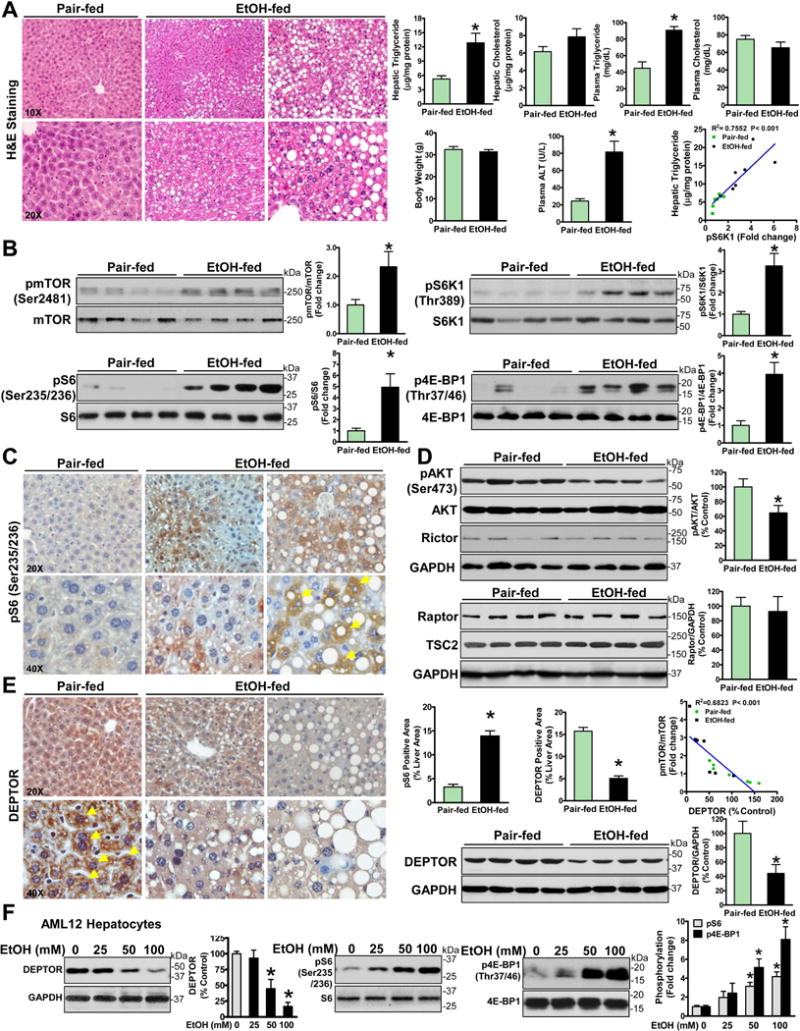Fig.1. Chronic-plus-binge ethanol feeding leads to inhibition of DEPTOR and activation of mTORC1 signaling and promotes the development of fatty liver in mice.

A. Effect of chronic-binge ethanol feeding on metabolic parameters and plasma alanine aminotransferase (ALT) levels. Representative H&E staining of hepatic steatosis in a mouse model of chronic-plus-binge ethanol feeding. Original magnification: 10X or 20X. B. Representative immunoblots for phosphorylation of mTOR (pmTOR), S6K1 (pS6K1), S6 (pS6), and 4E-BP1 (p4E-BP1) in livers from four mice each group. C. Positive immunostaining for phosphorylated S6 (a brown color) was predominantly located in lipid-rich hepatocytes (yellow arrows) in ethanol-fed mice. D. Effect of chronic-binge ethanol feeding on key regulators of mTORC1 and mTORC2. E. Chronic-binge ethanol feeding leads to an impairment of hepatic DEPTOR. Notably, positive staining for DEPTOR is visualized mainly in the cytoplasm of hepatocytes in pair-fed mice, and this effect is reduced in ethanol-fed mice. Original magnification: 20X or 40X. Linear regression between hepatic DEPTOR levels and mTOR phosphorylation in normal and ethanol-fed mice. The data are presented as mean ± SEM, n = 6–8 each group. *P < 0.05 vs. pair-fed mice. F. The effect of ethanol on DEPTOR and mTORC1 signaling in AML12 mouse hepatocytes.
